Real Estate
Neighborhoods:
Development
Find Homes
More Real Estate Stories
Downtown Jam. Session
Jamaica’s name has nothing to do with the Caribbean island country. The avenue, the neighborhood and the bay are instead named for the Jameco Indians, an Algonquian tribe that occupied the center and southern sections of what is today’s Queens County, for hundreds of years before the colonial era. The Jameco name was Algonquian for…
Shaw’s Hotel, Woodside
Time hasn’t been kind to the tiny building once known as Shaw’s Hotel on 64th Street north of Woodside Avenue, hard by the Long Island Rail Road main branch. A couple of years ago, a huge condominium was constructed just inches away from it on the corner of the two cross streets. In recent months,…
Lord of the Alley
I had gone past Claremont Terrace thousands of times — literally – without giving it a second thought about what it was. It’s an alley that is hidden along another dead end in the heart of Elmhurst, one of Queens’ busiest, most populated and diverse neighborhoods — it’s buzzing with energy day and evening. I would…
Sprucing up the Ridgewood Plateau Arches
Photo by Christina Wilkinson In 1928, much of Queens was still largely unpopulated and unbuilt-upon. Ridgewood, however, was an exception to the rule, due to its proximity to Brooklyn, and real estate developers hoped to capitalize on the cachet of the neighborhood. By then, Ridgewood was dominated by attached brick and brownstone houses, as well…
Ninety Years of Sunnyside Gardens
Queens Boulevard in the mid-1910s Sunnyside Gardens, in northwest Queens, was the creation of architects Clarence Stein and Henry Wright and the City Housing Corporation led by developer Alexander Bing. Constructed between 1924 and 1928, it consists of a series of “courts” (composed of rows of townhouses and small apartment buildings) built on all or…

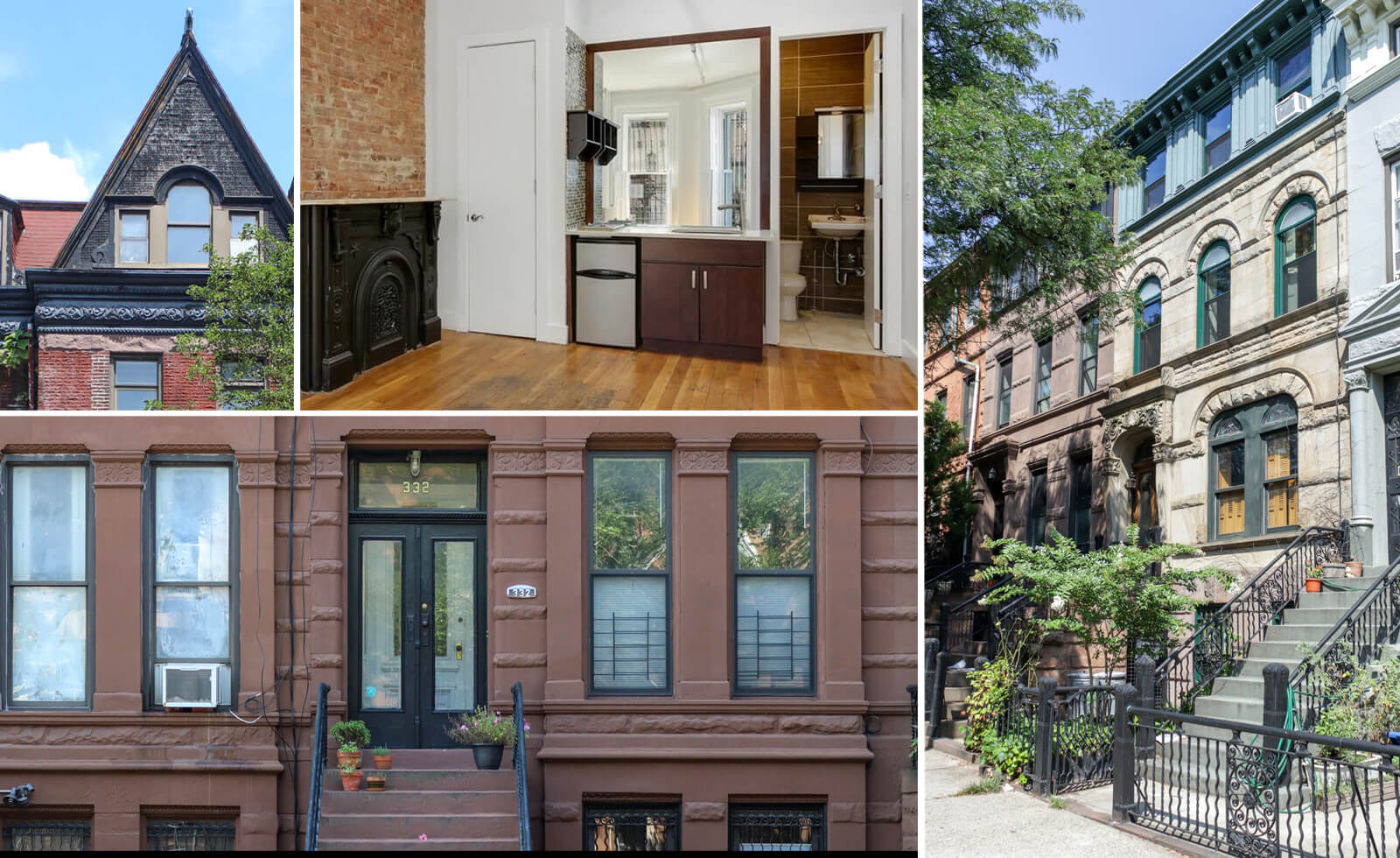
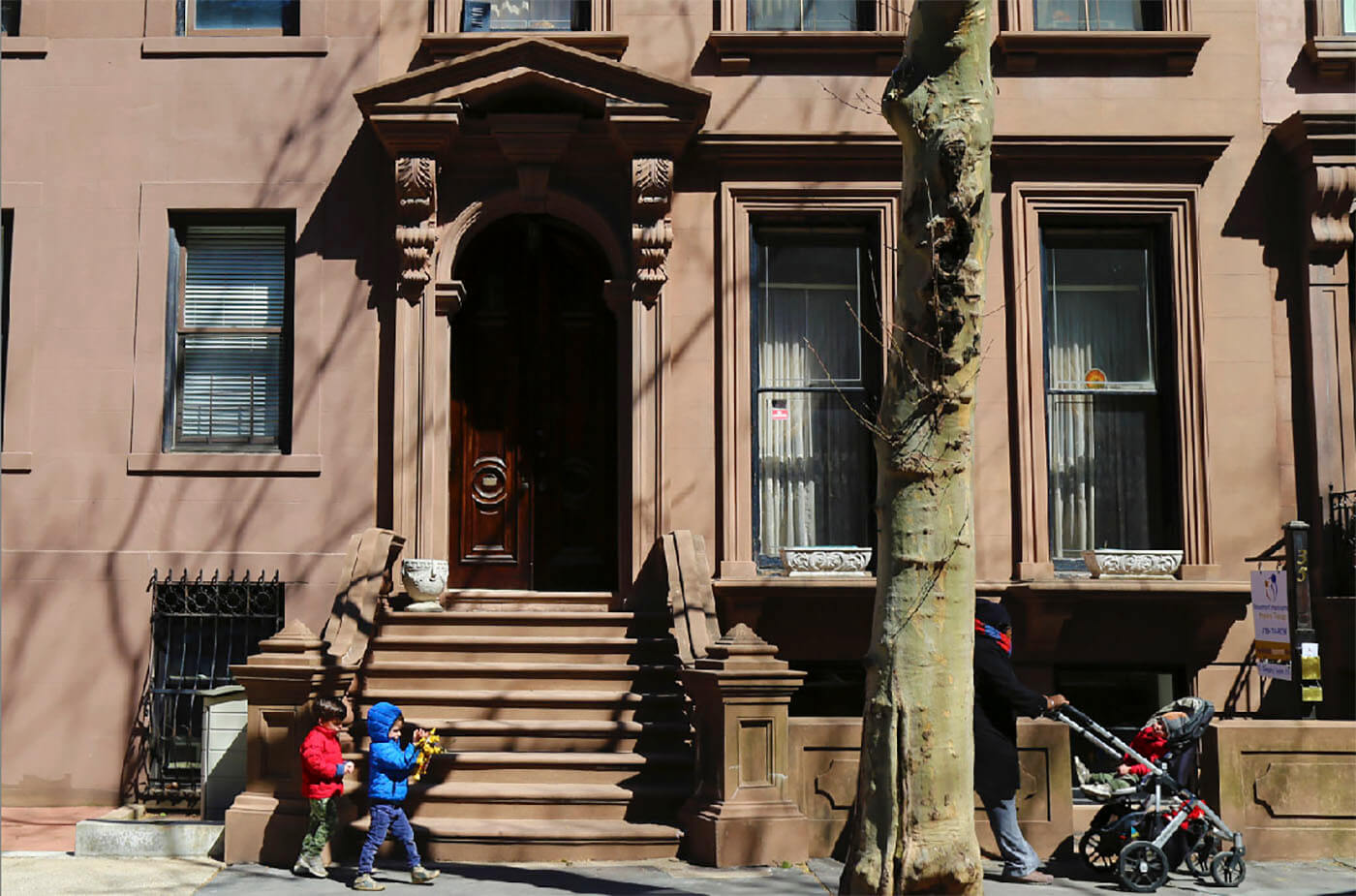
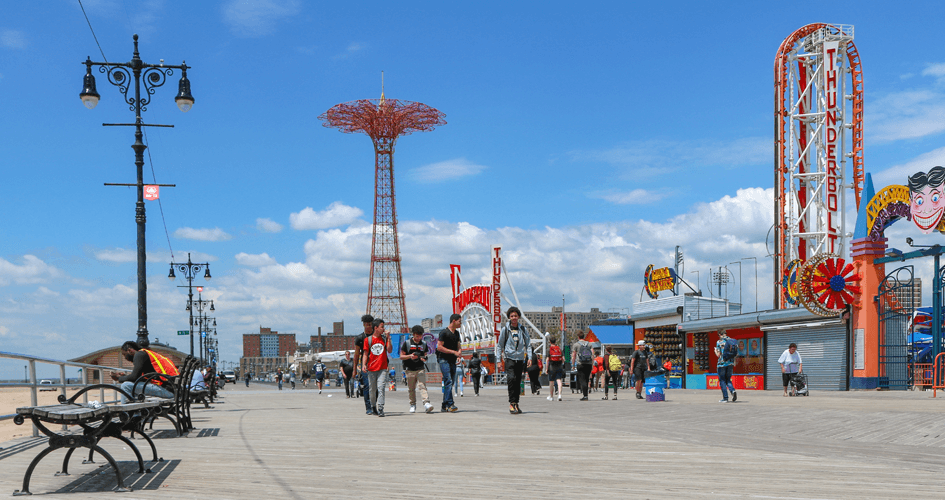
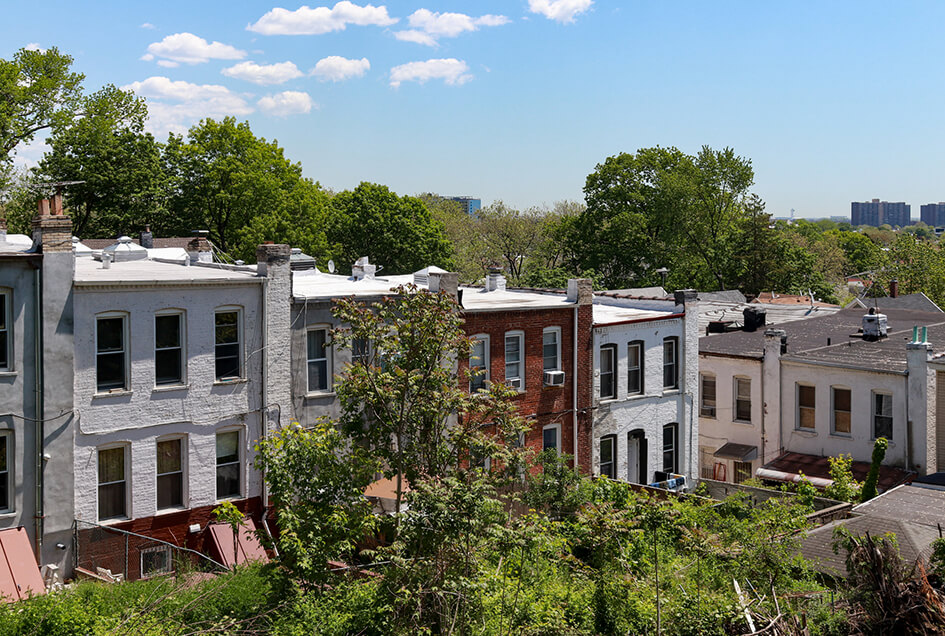
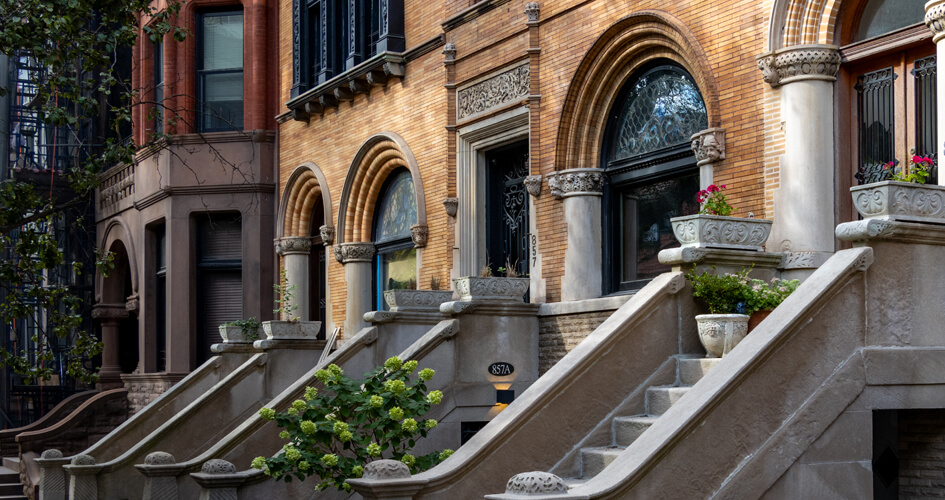
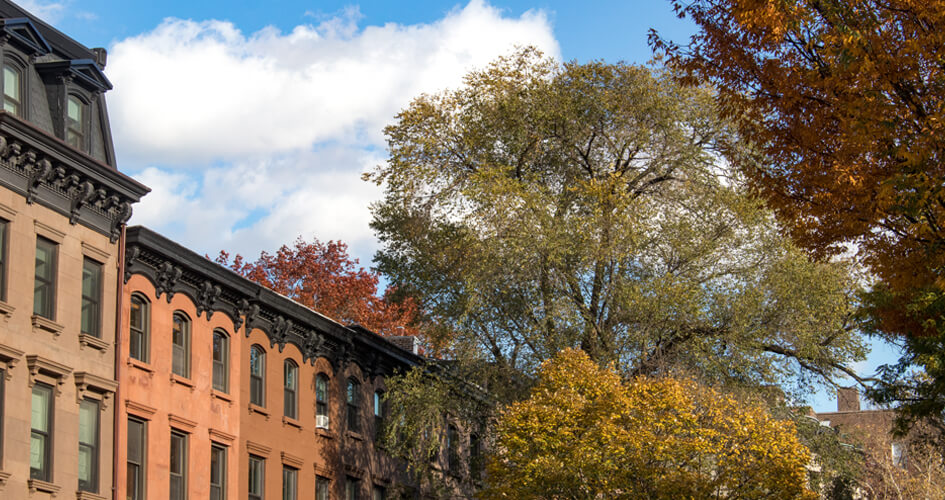
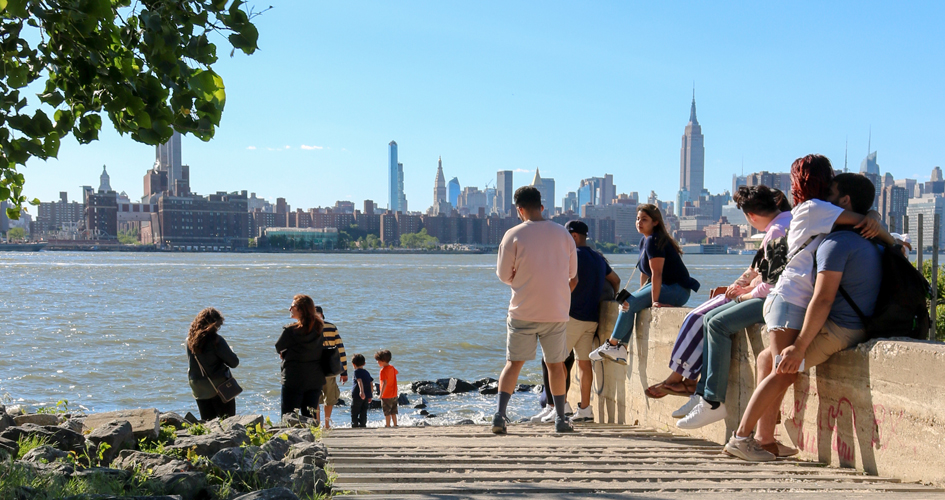
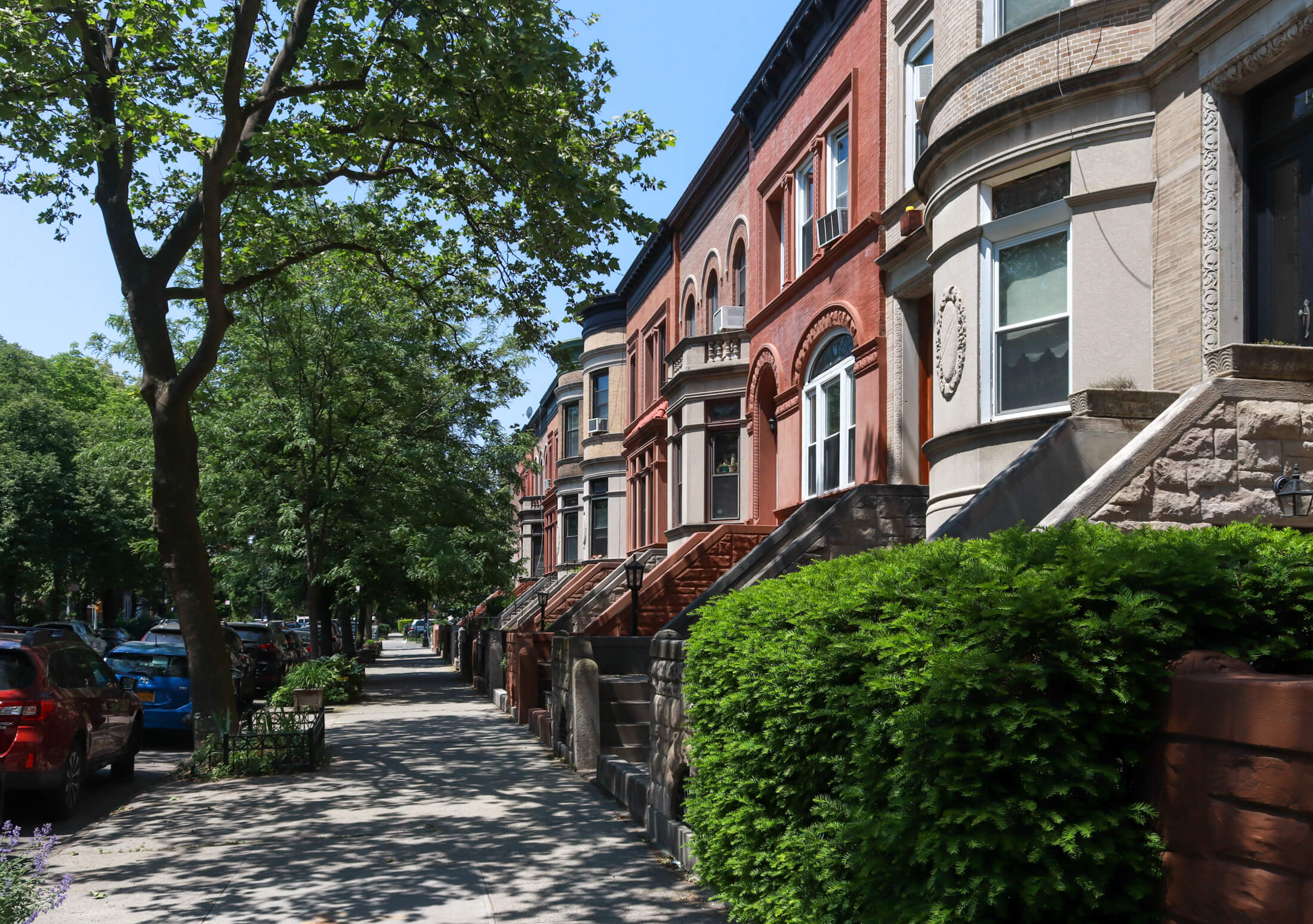
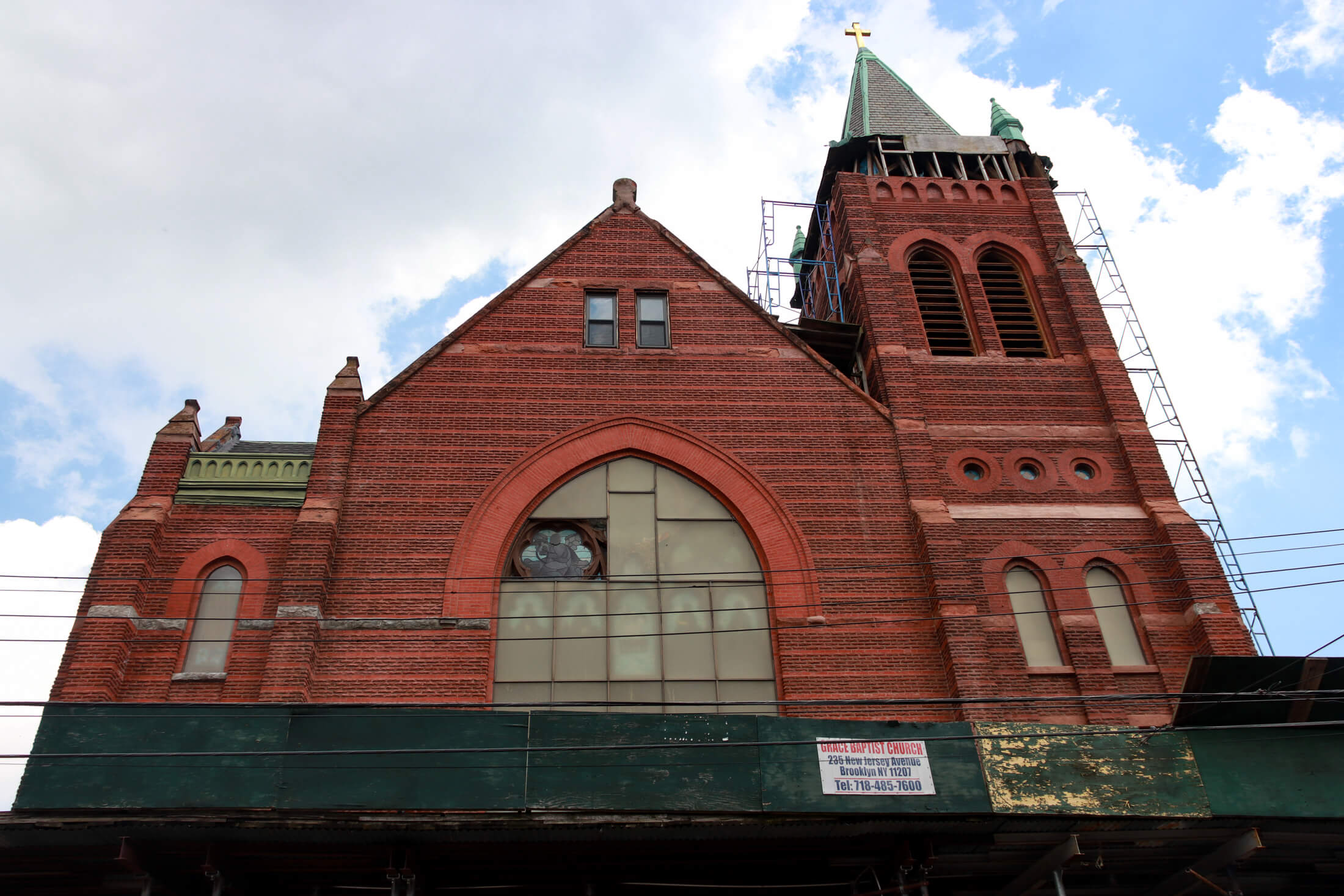
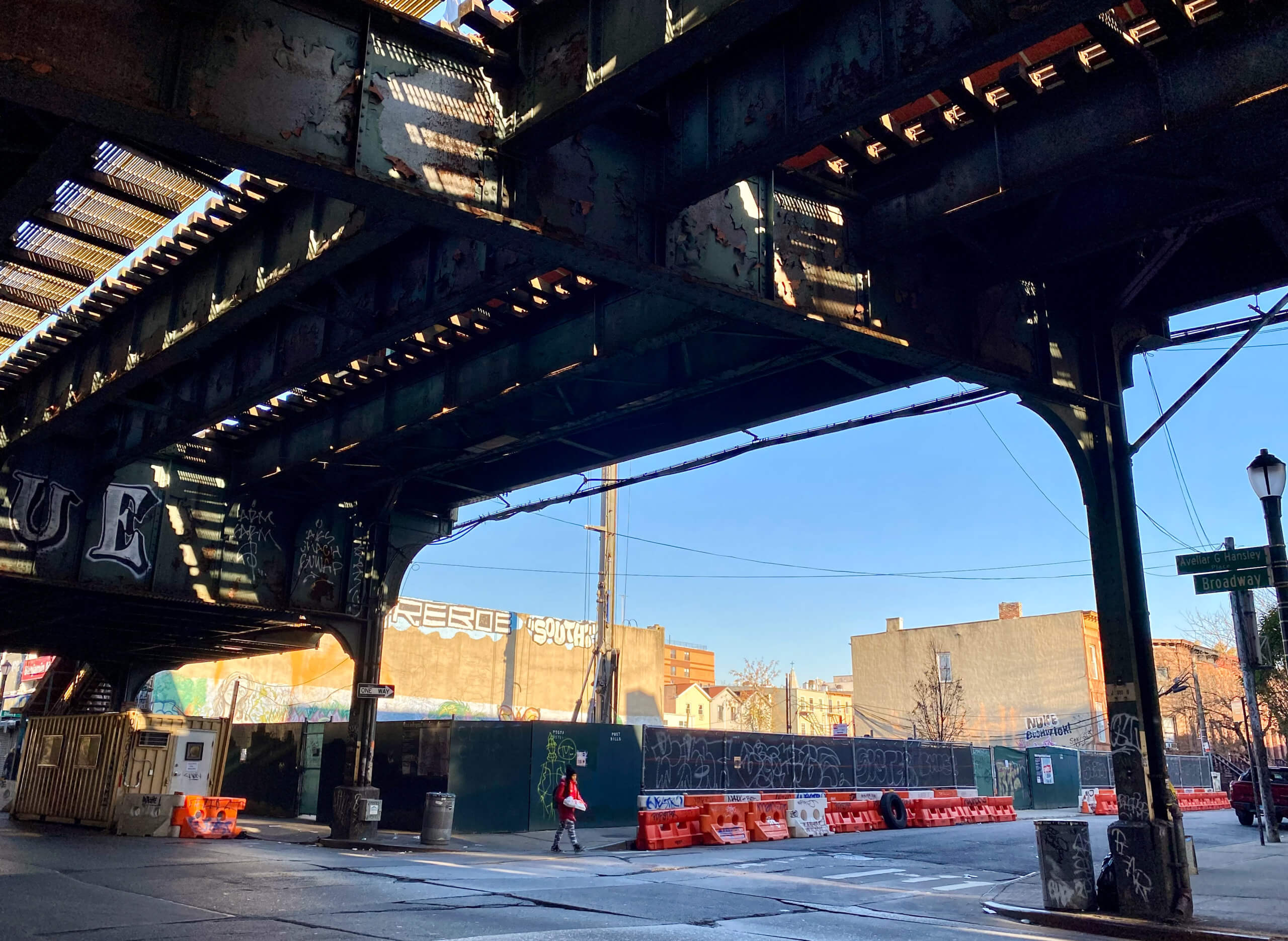
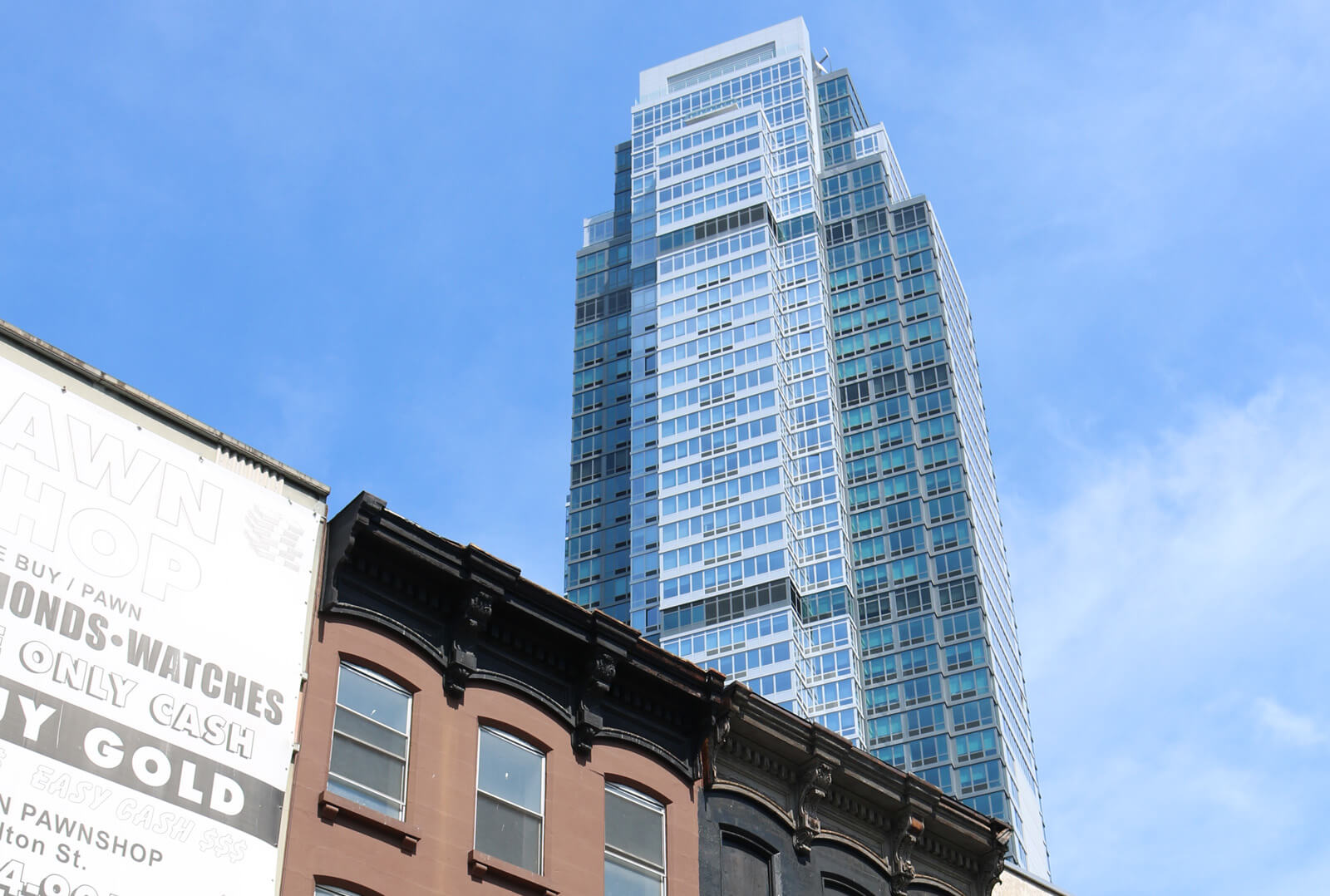

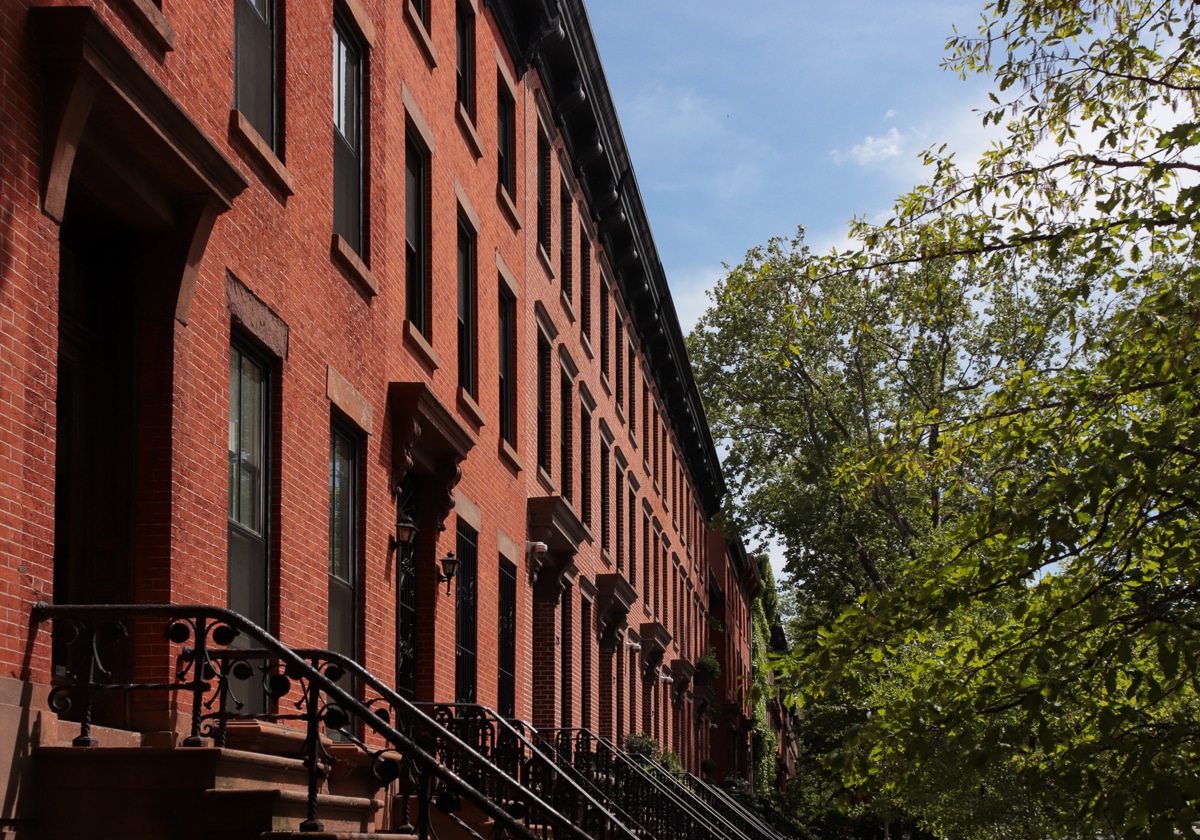
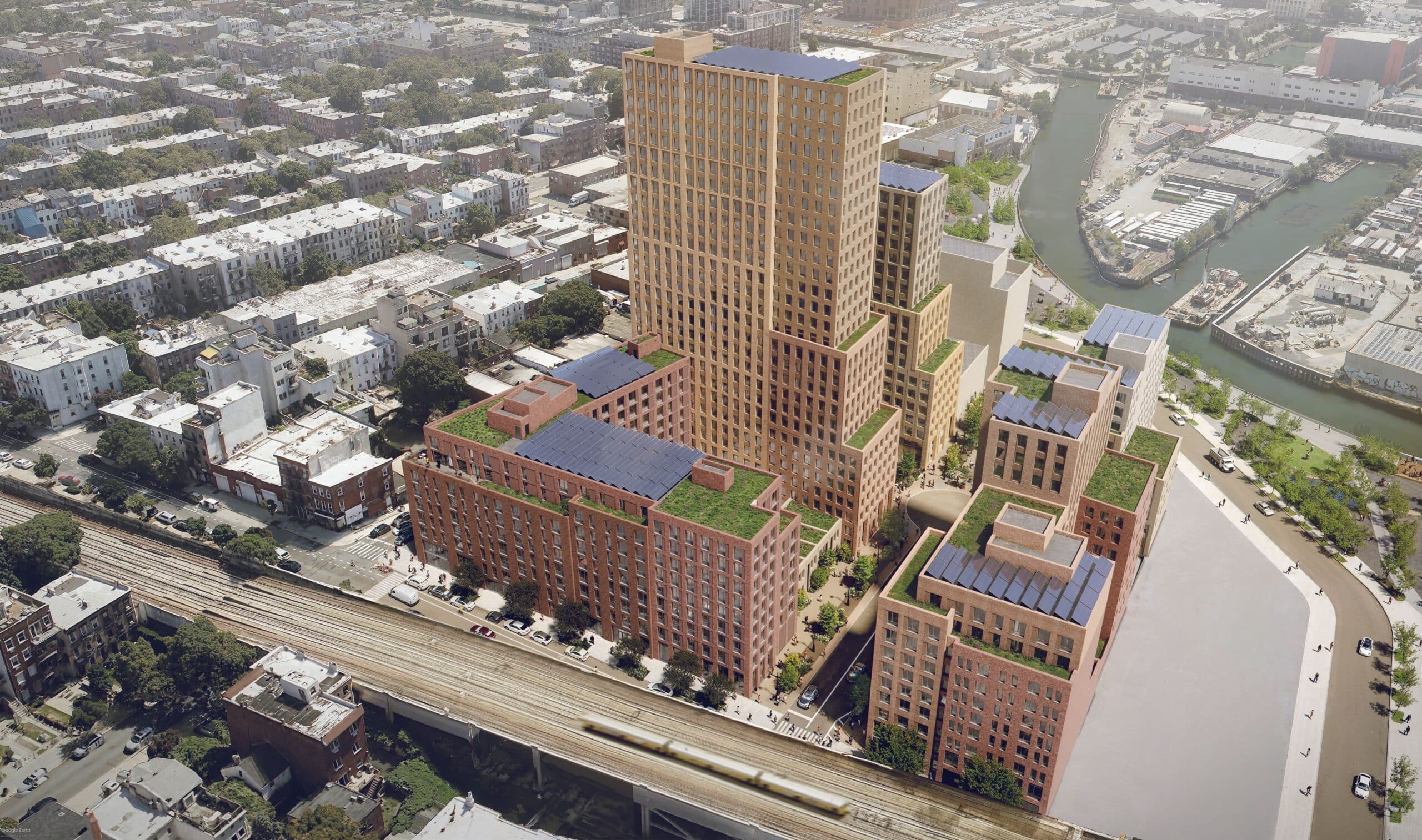
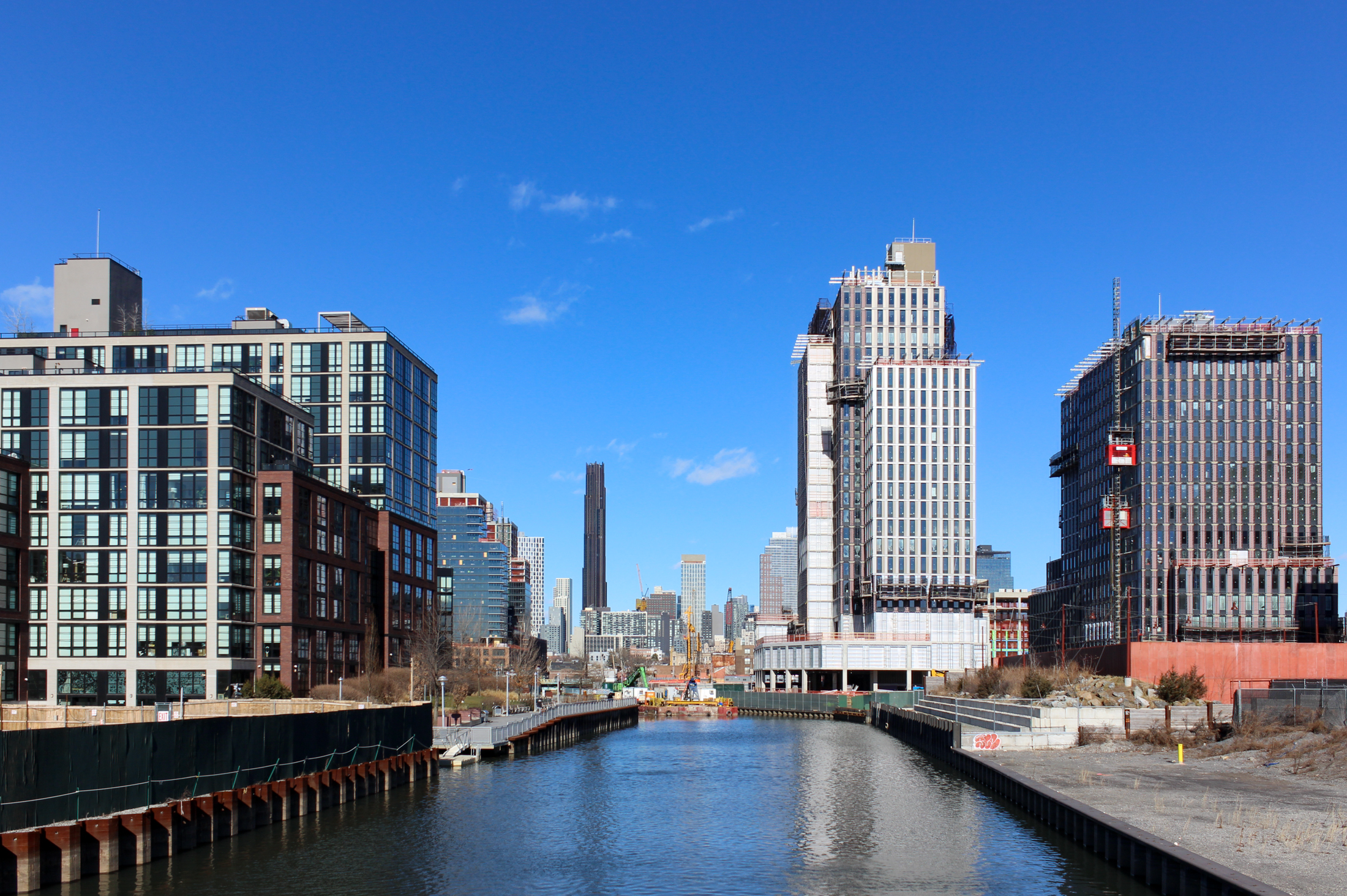
What happened to 39th Avenue? It's still part of Dutch Kills/LIC/Astoria. Granted, there aren't many restaurants, but there are lots of hotels in this area. It's ripe for improvement. Don't forget about 39th - "Beebe" Avenue!
A Newbie’s Guide to Astoria Subway Stops – the N/Qhttp://www.ooowatch.com/tokei/other_watch/index.html ウブロ スーパーコピー,ブランド時計 コピー,ブランド スーパーコピー,コピーブランド 通販,スーパーコピー 財布その他の世界一流ブランドコピーを取り扱っています。 }}}}}}
The prettiest blocks in Queens: historic streets in Forest Hills, LIC, Sunnyside, St. Albans and Jackson HeightsBuilding numbers are Odd on the North side of Avenues/Boulevards, and on the East side of Streets.
How to make sense of the street addresses and grid in QueensThe 82nd Street stop on the #7 subway train is NOT an express stop. (Neither is the 74th Street stop, although the E & F trains station at 74th Street/Roosevelt Avenue IS an express stop for those trains - also for the M and R local trains on that underground line.) What you have done in your real estate ad is FALSE ADVERTISING.
Real estate listings of the day – 2 co-ops and 2 houses in Jackson Heights, Sunnyside, and Bayside